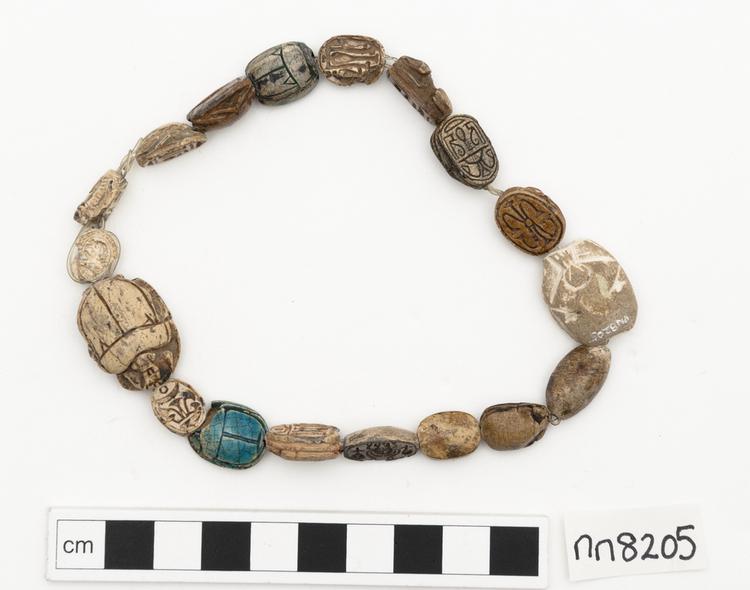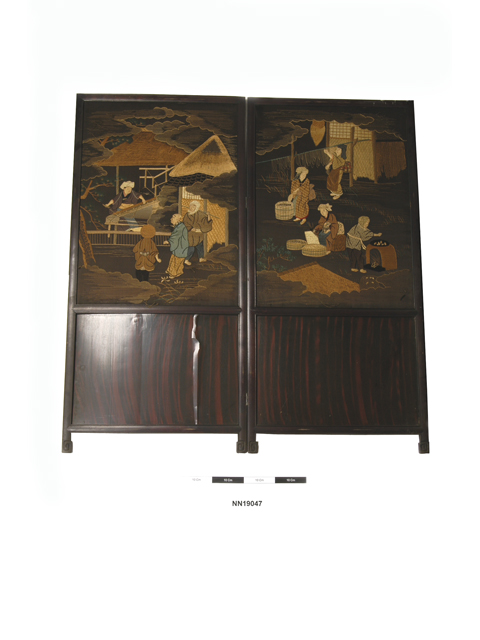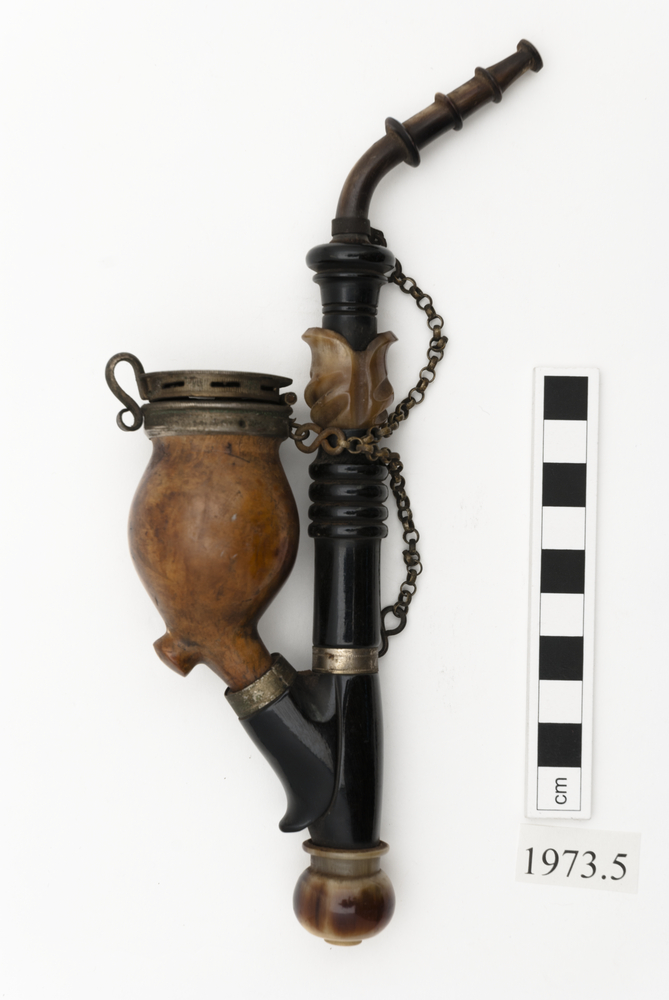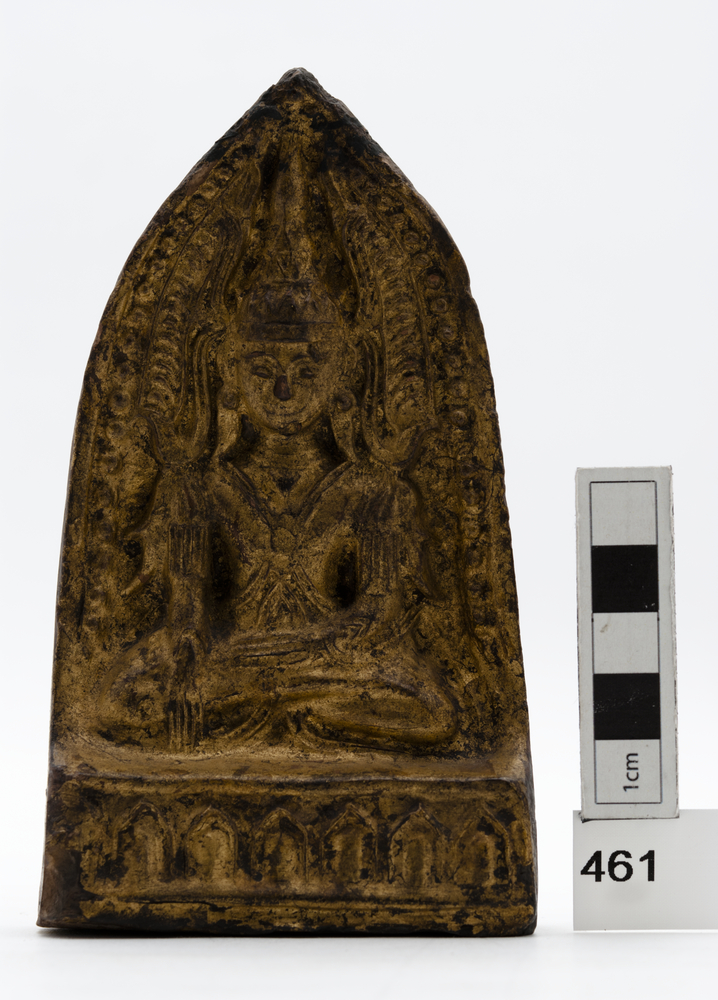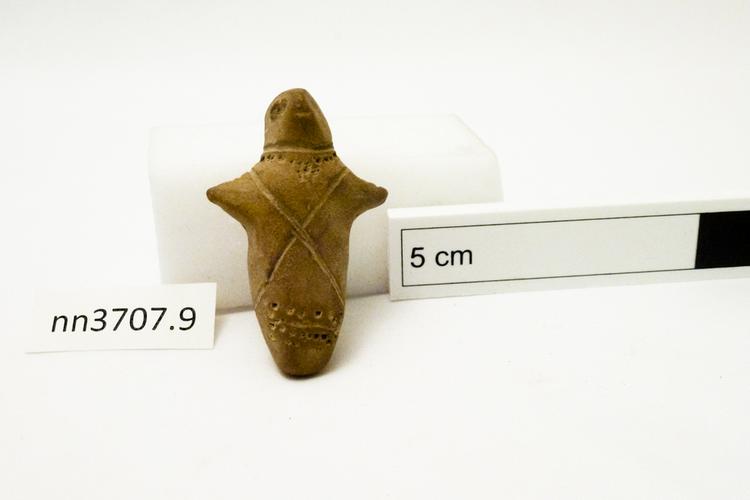

A standing clay human figurine. The gender is not discernible. It is made in red terracotta with dark red slip. The figure has short, outstreched arms, punched socket eyes, a pinched nose, no coiffure, and a single plain band below the chin, above a row of dots with a central ornament. The torso decoration is finished with a crossbelt and a double row of dots near the point of this footless torso. This piece is of the general Sar Dheri style of figurine, though much simpler than the classic types. Its short arms, their position, the standing attitude, and the ubiquitous crossbelt all suggest a clear relationship with the main variety.
A standing human figurine, gender not discernible, in red terracotta with dark red slip, short outstreched arms, punched socket eyes, pinched nose, no coiffure, a single plain band below the chin above a row of dots with a central ornament. The torso decoration is finished with a crossbelt and a double row of dots near the point of this footless torso. This piece is of the general Sar Dheri style of figurine though much simpler than the classic types. Its short arms, their position and the standing attitude and the ubiquitous crossbelt all suggest a clear relationship with the main variety. Marked on the plain back with ‘SD’ (probably Sar Dheri, Mardan District, Khyber-Pakhtunkhwa, Pakistan). Early Historic Period, probably c. 1st century BCE. Archaeological context: presumably unstratified and from a surface collection. Given by Col D H Gordon (1952/3).



